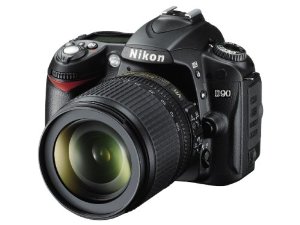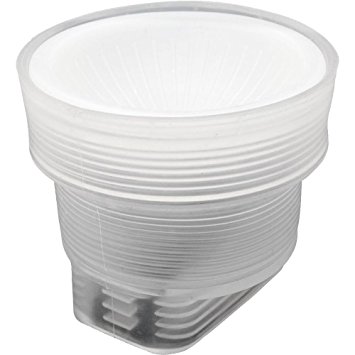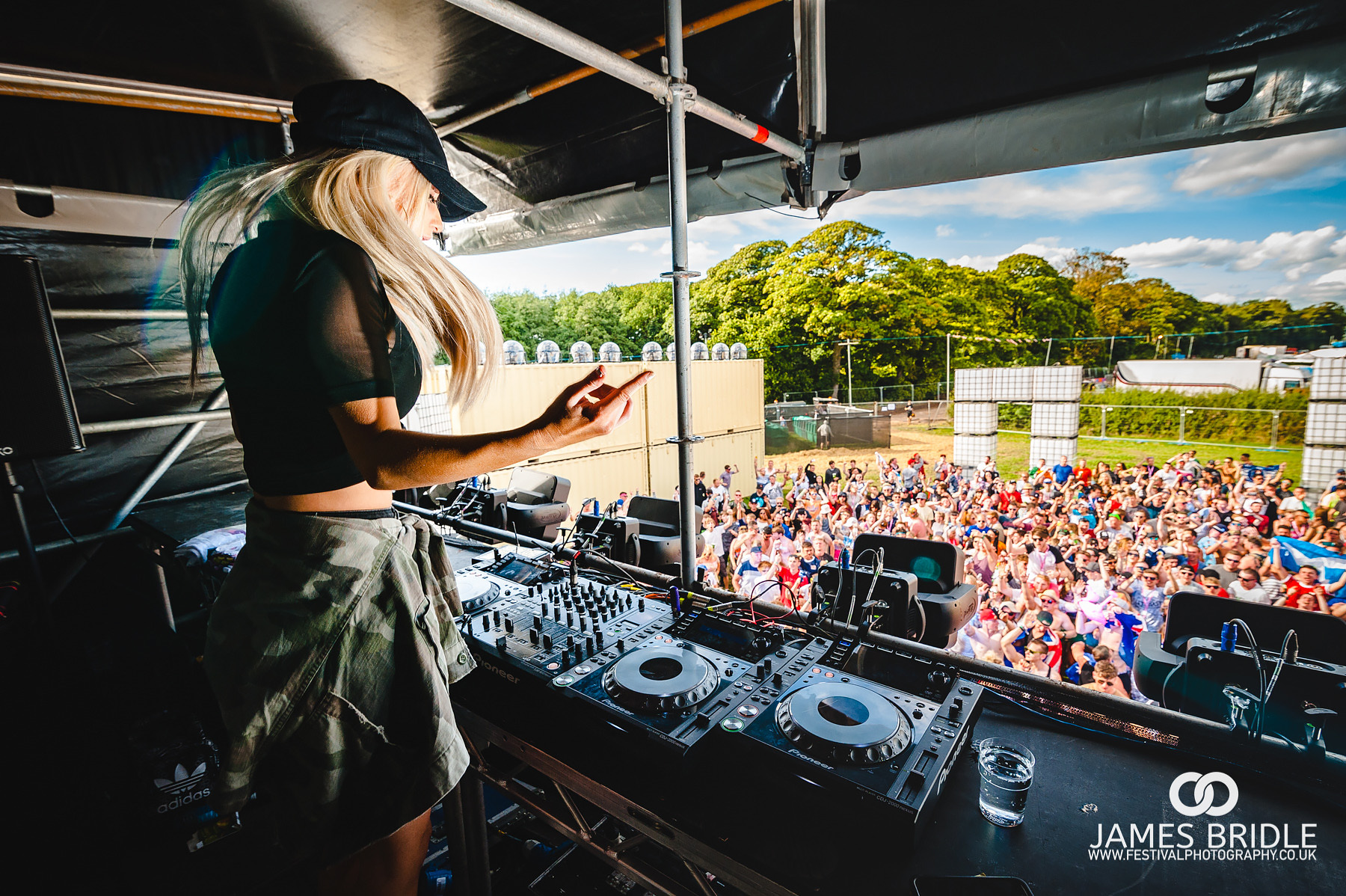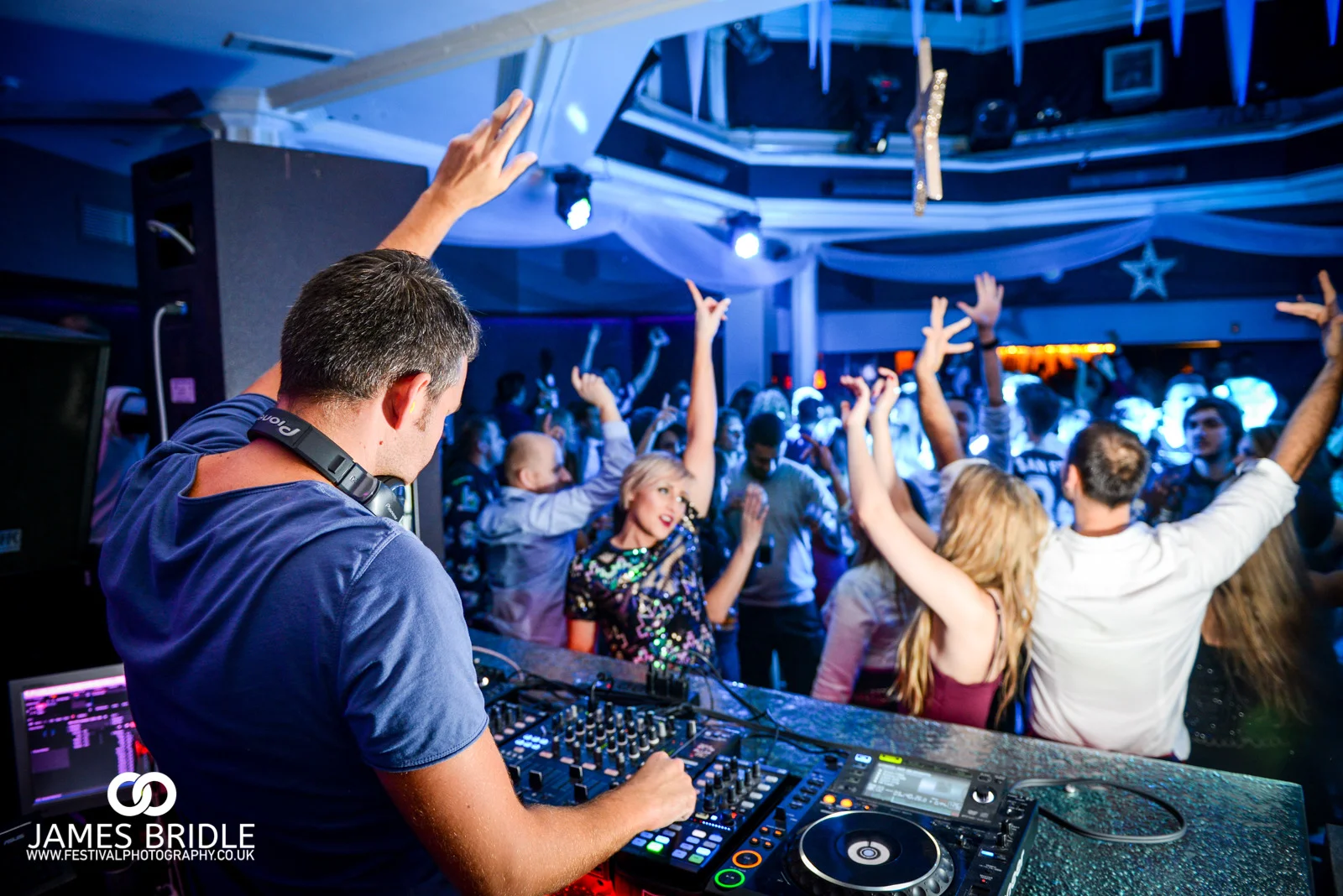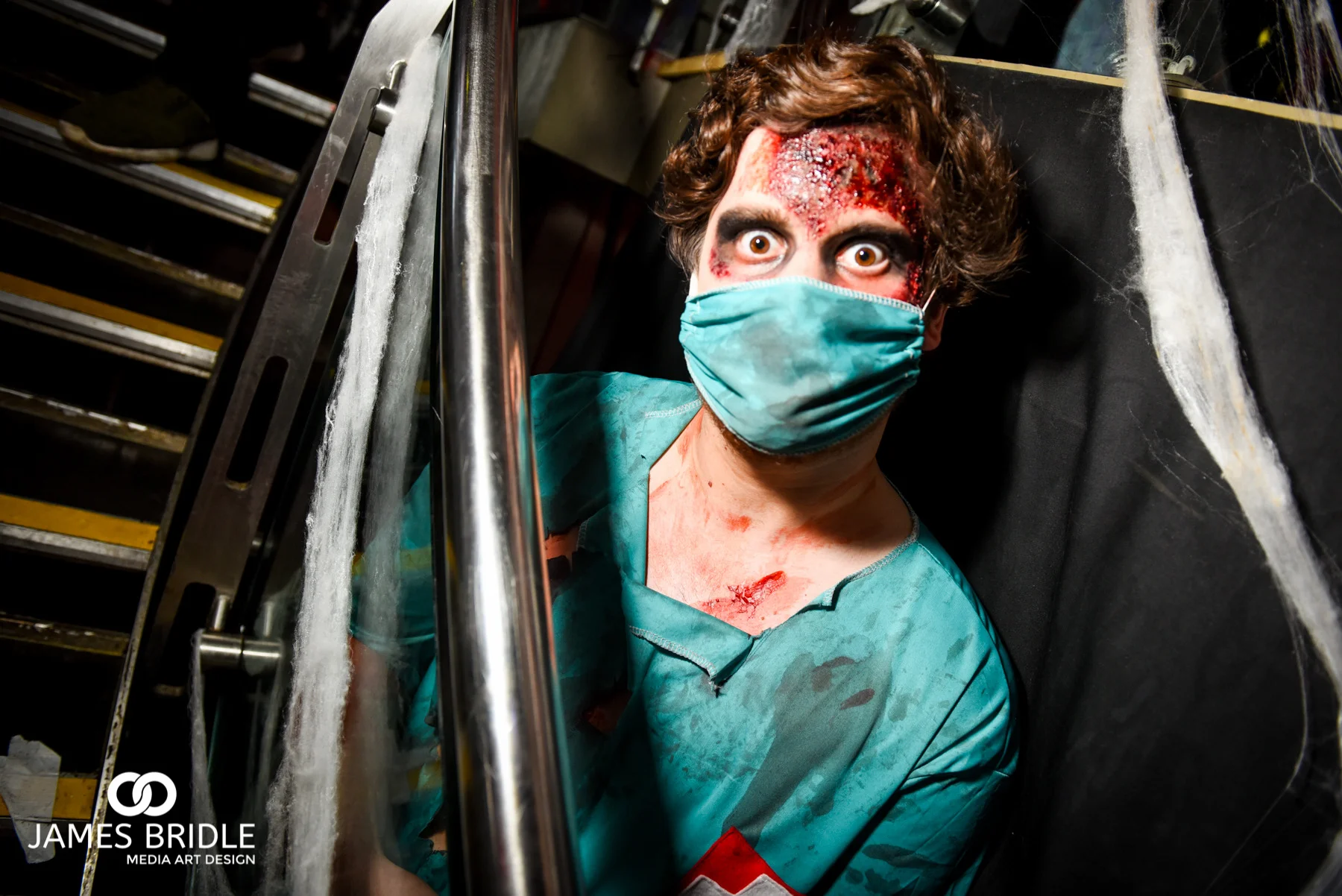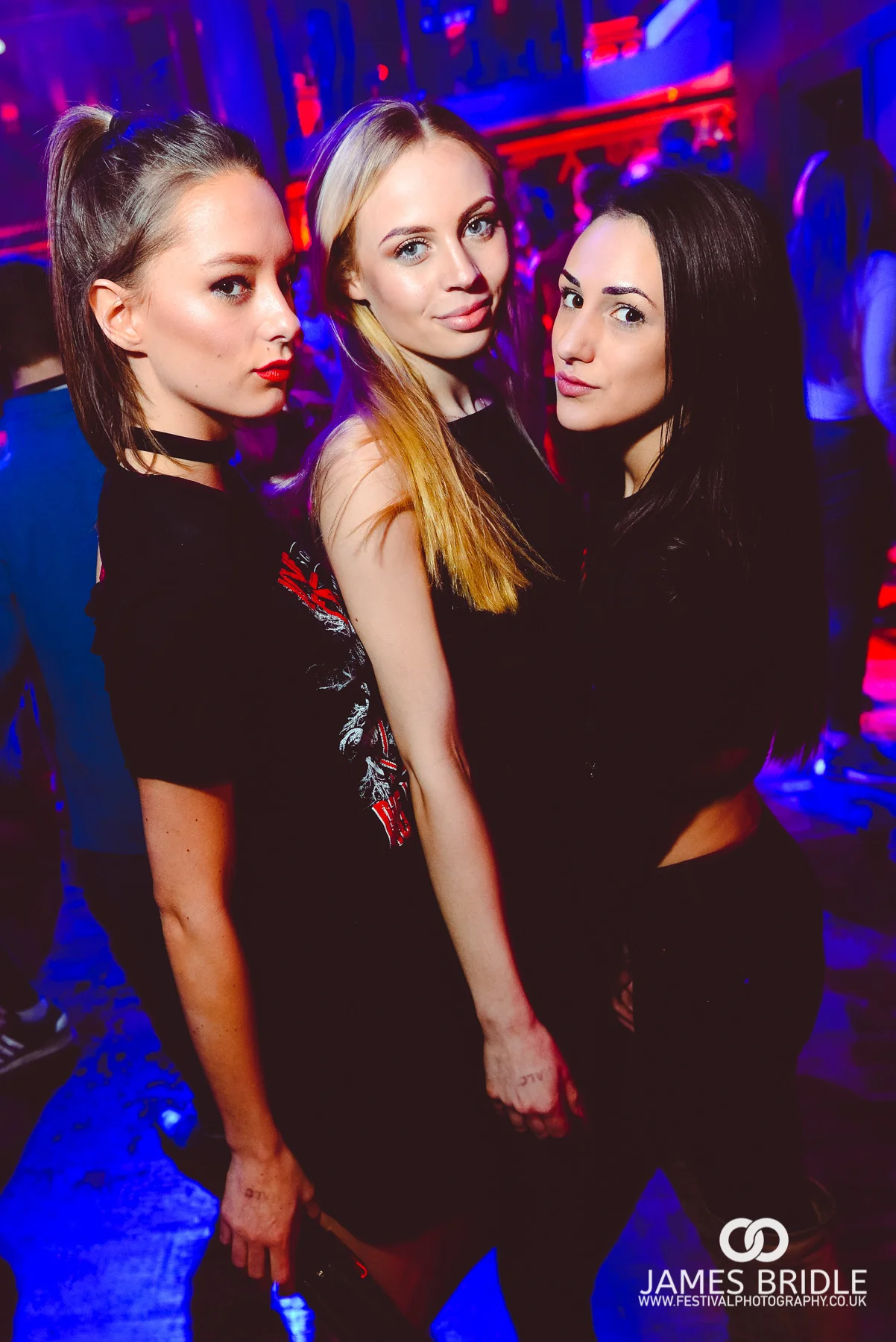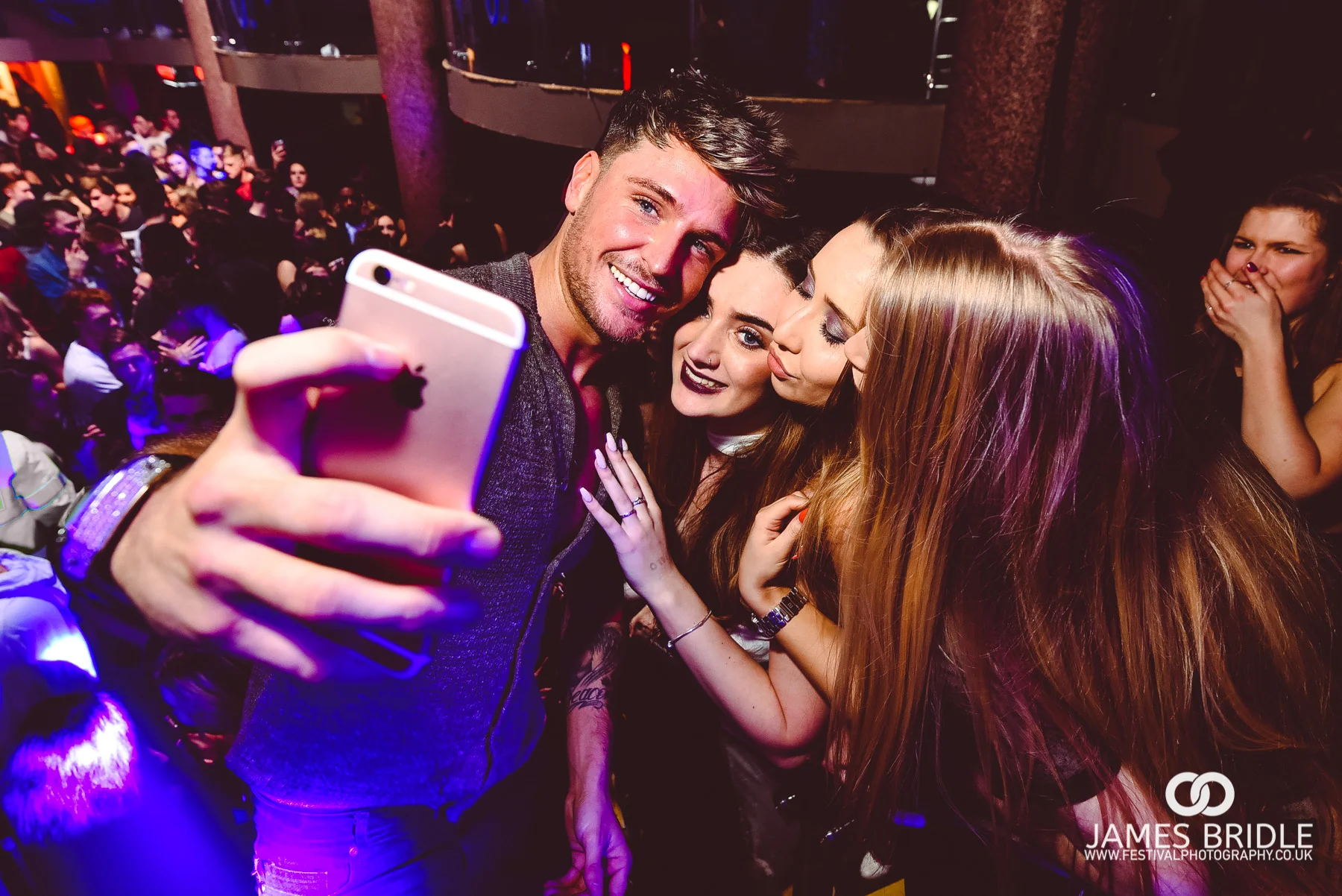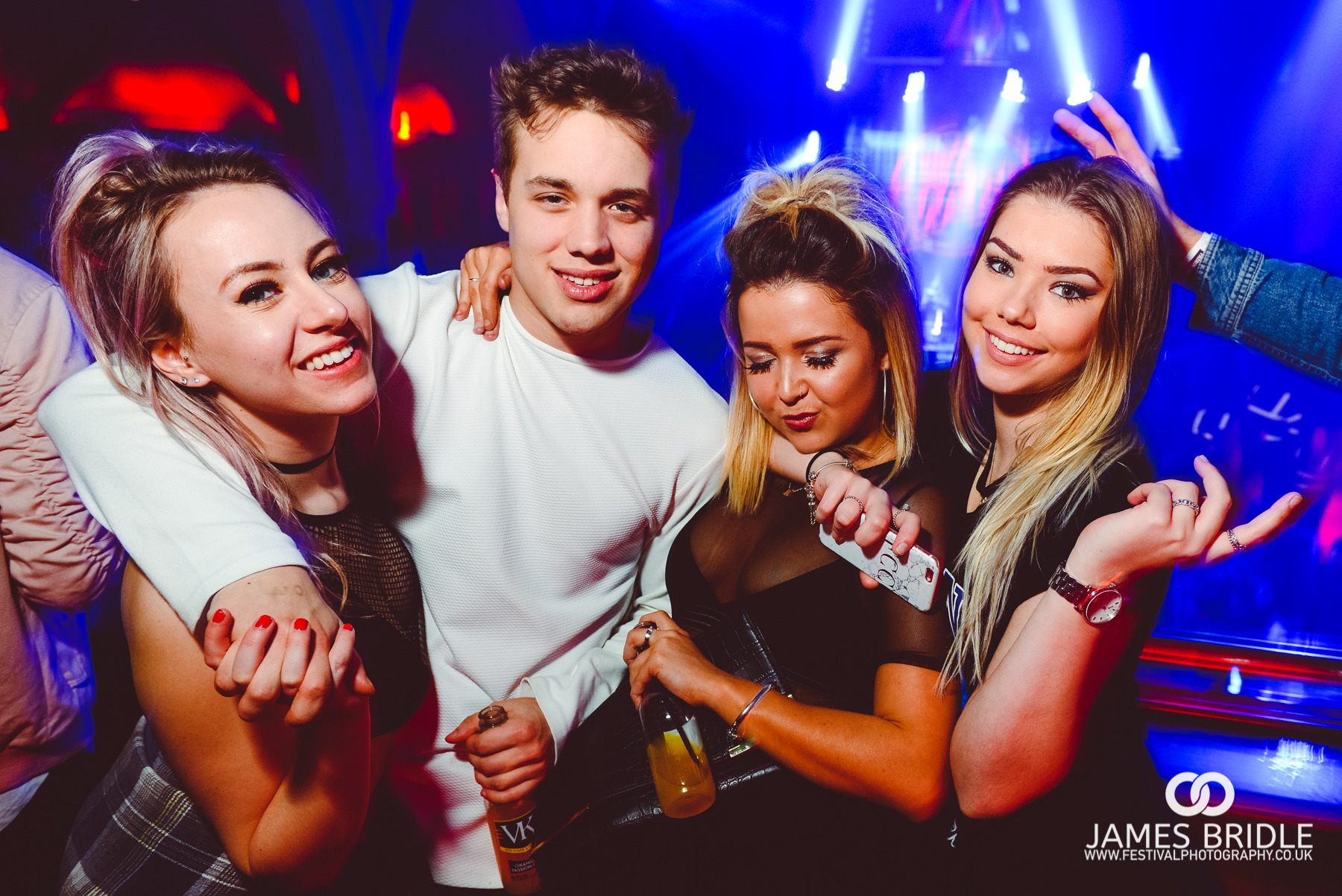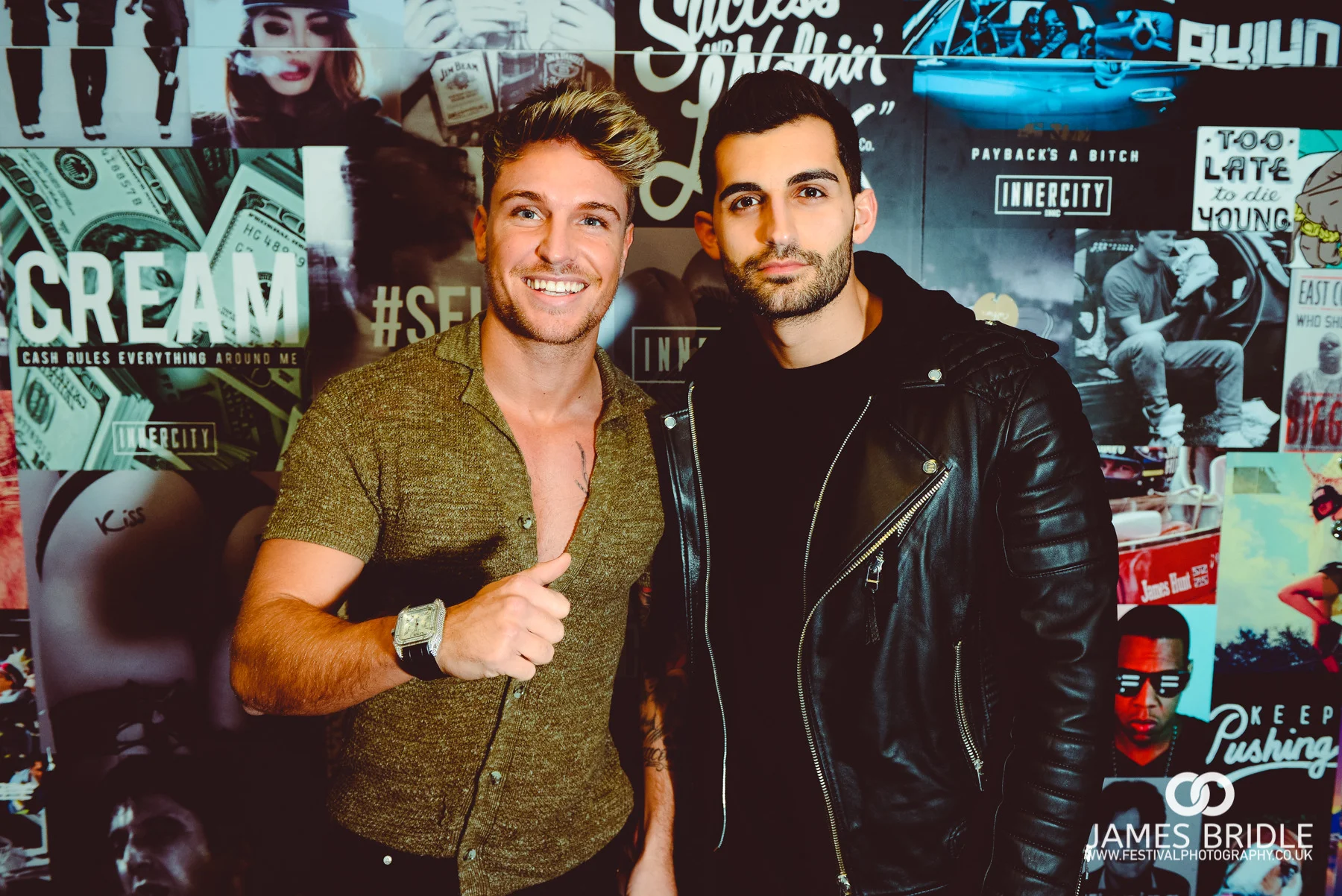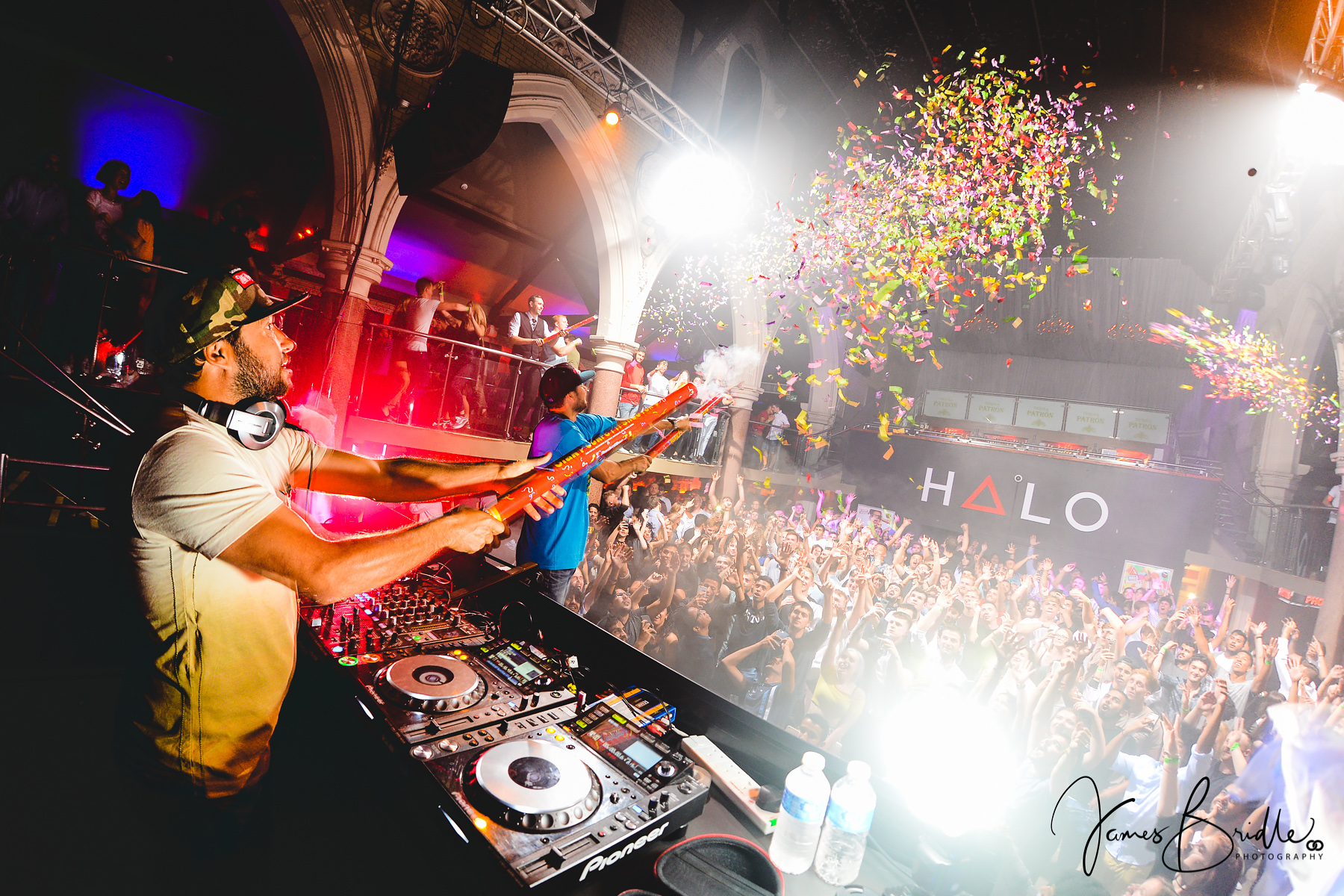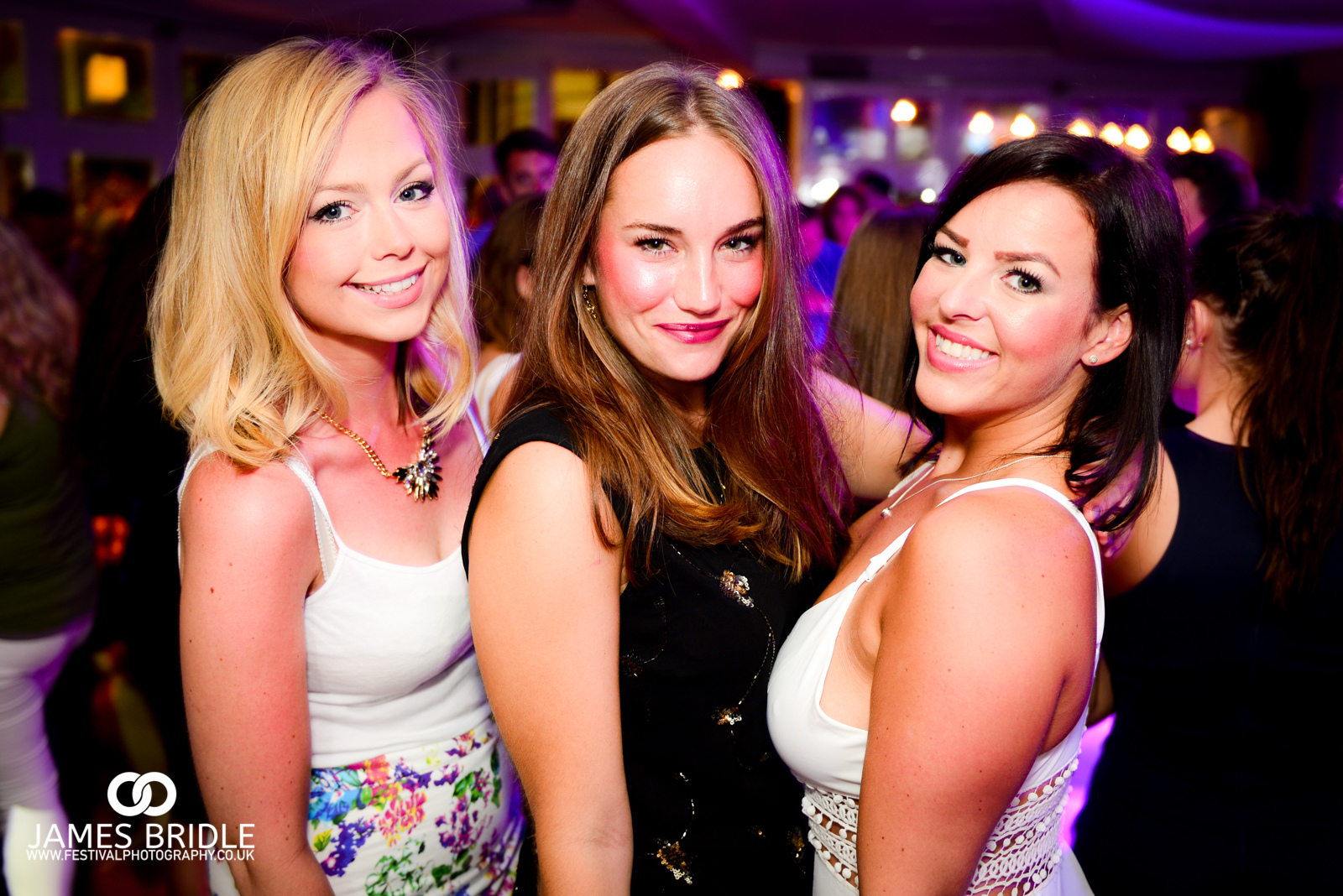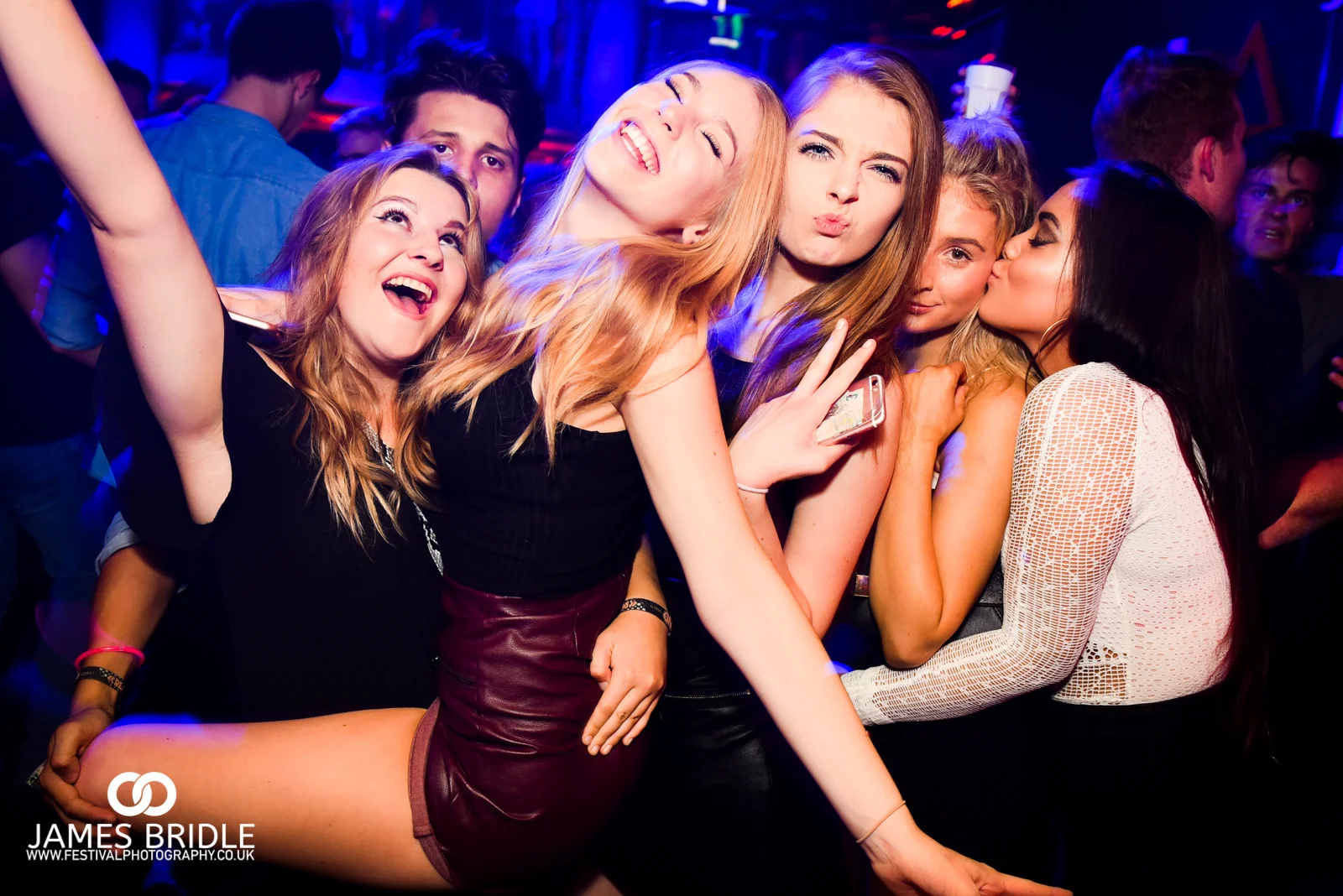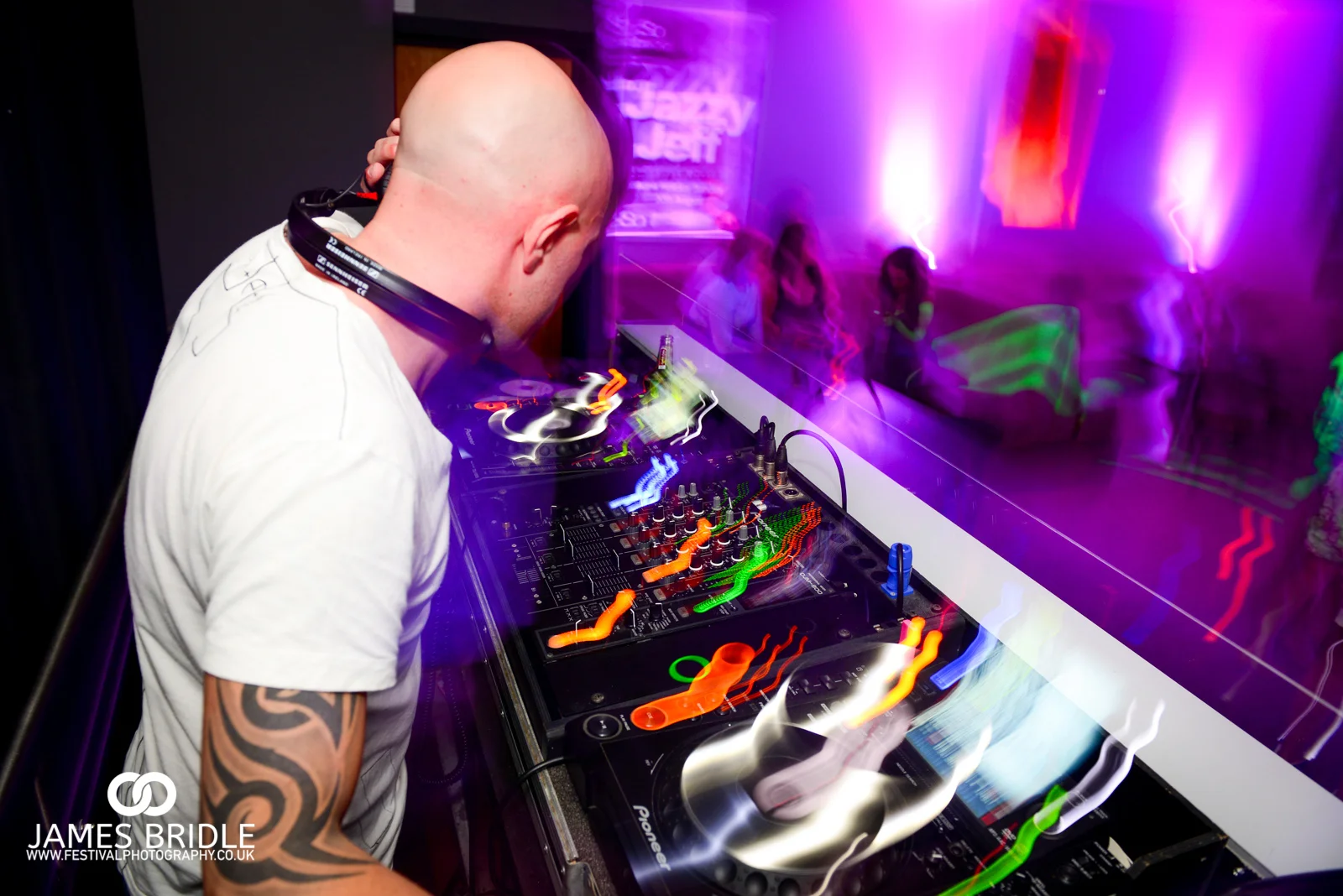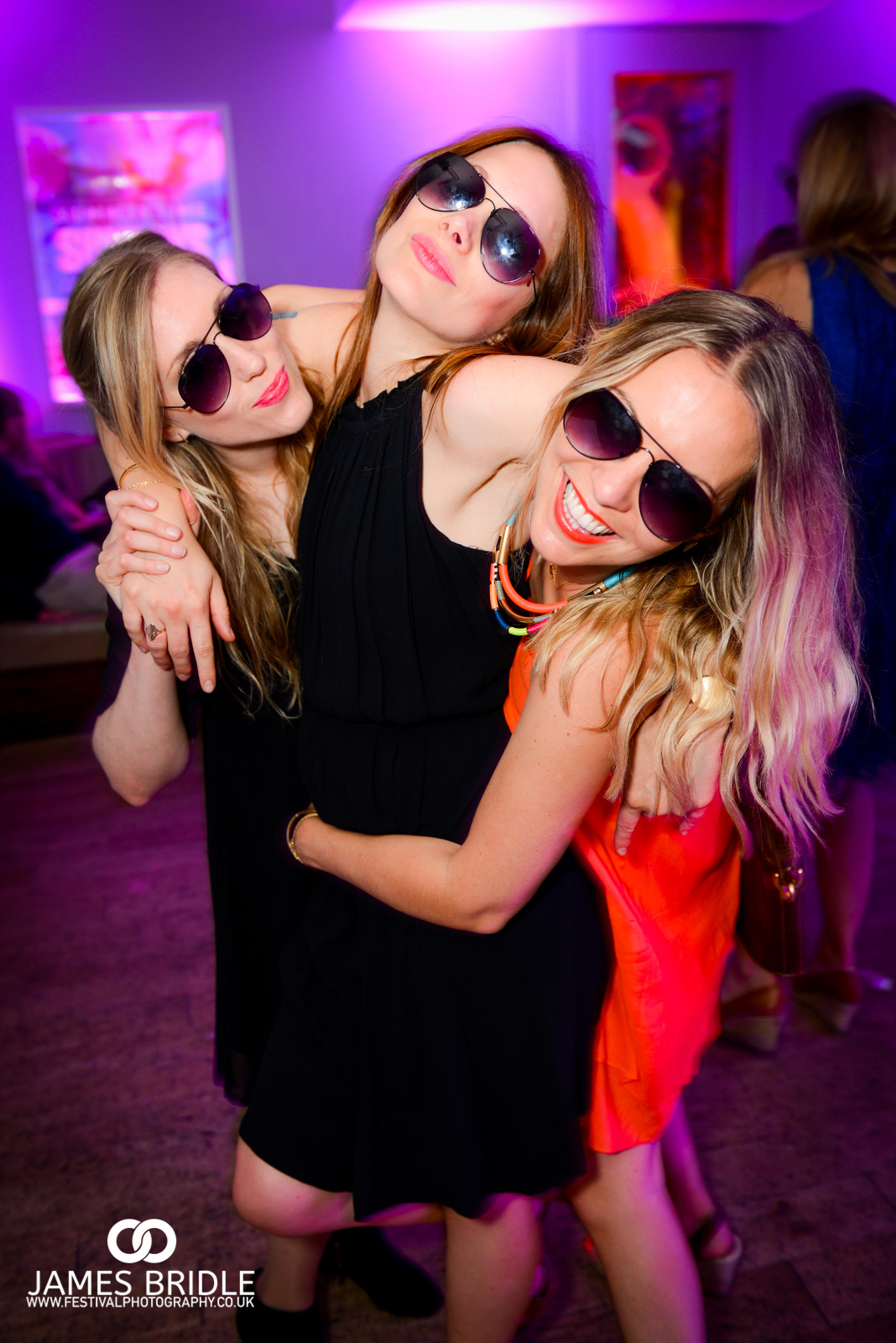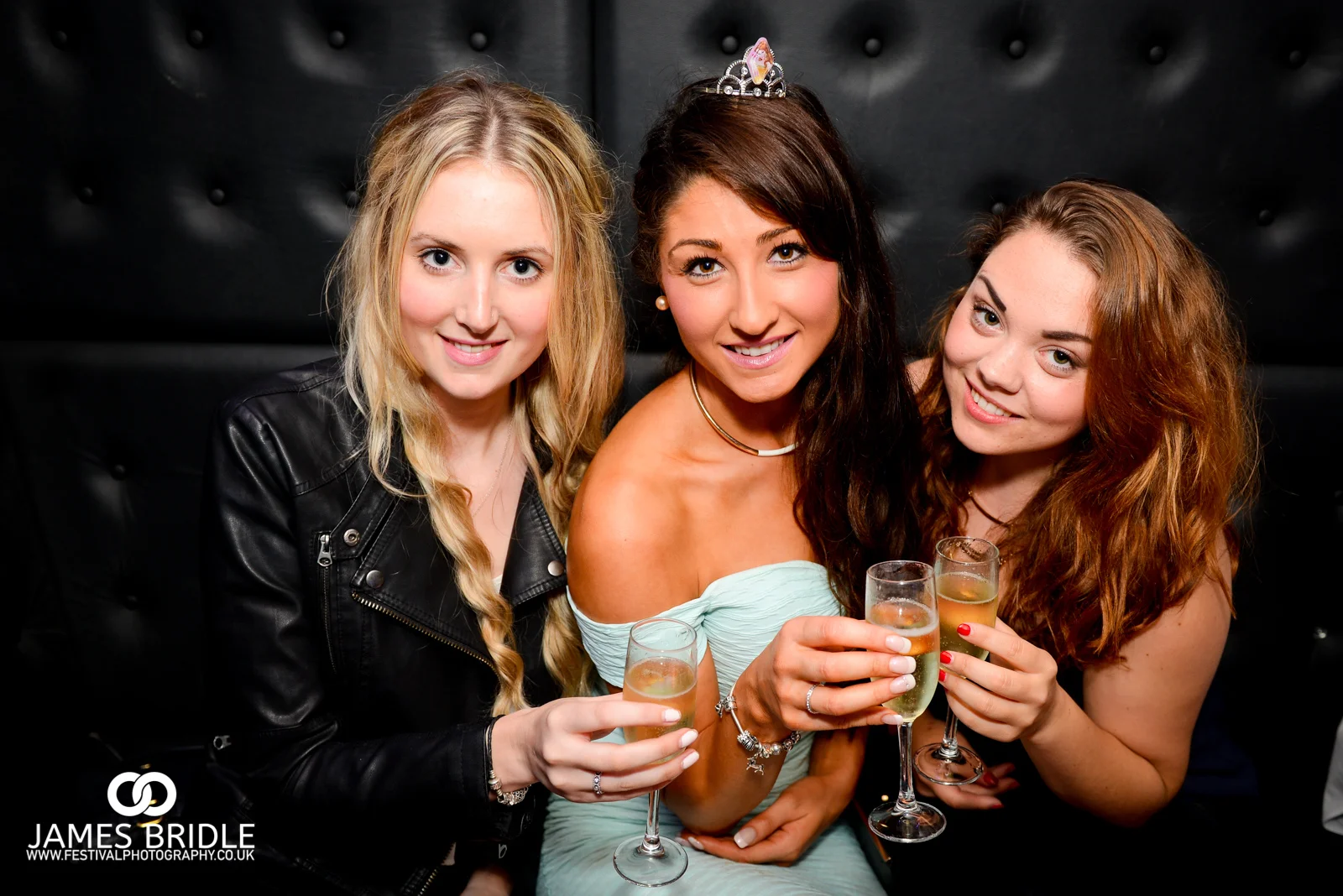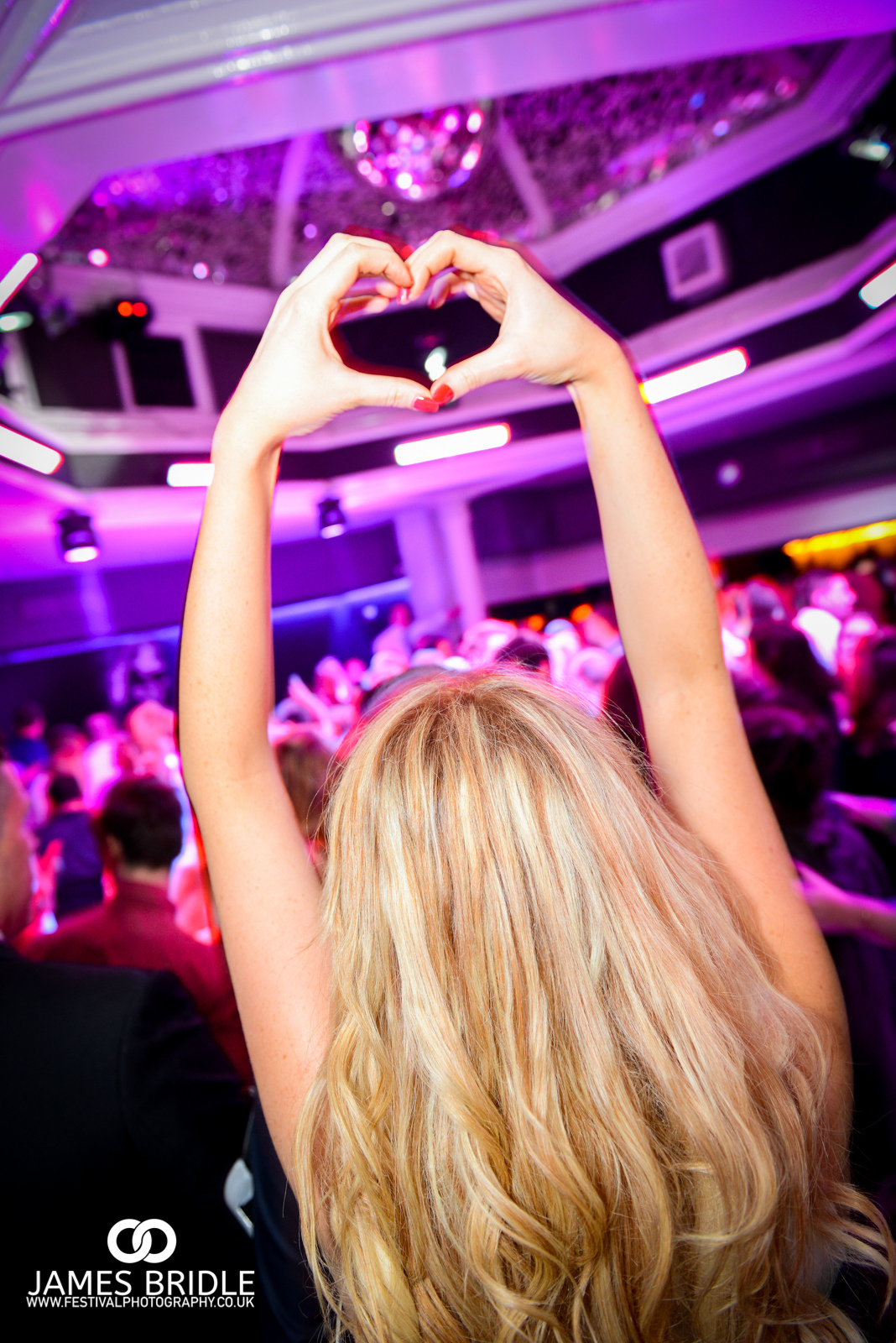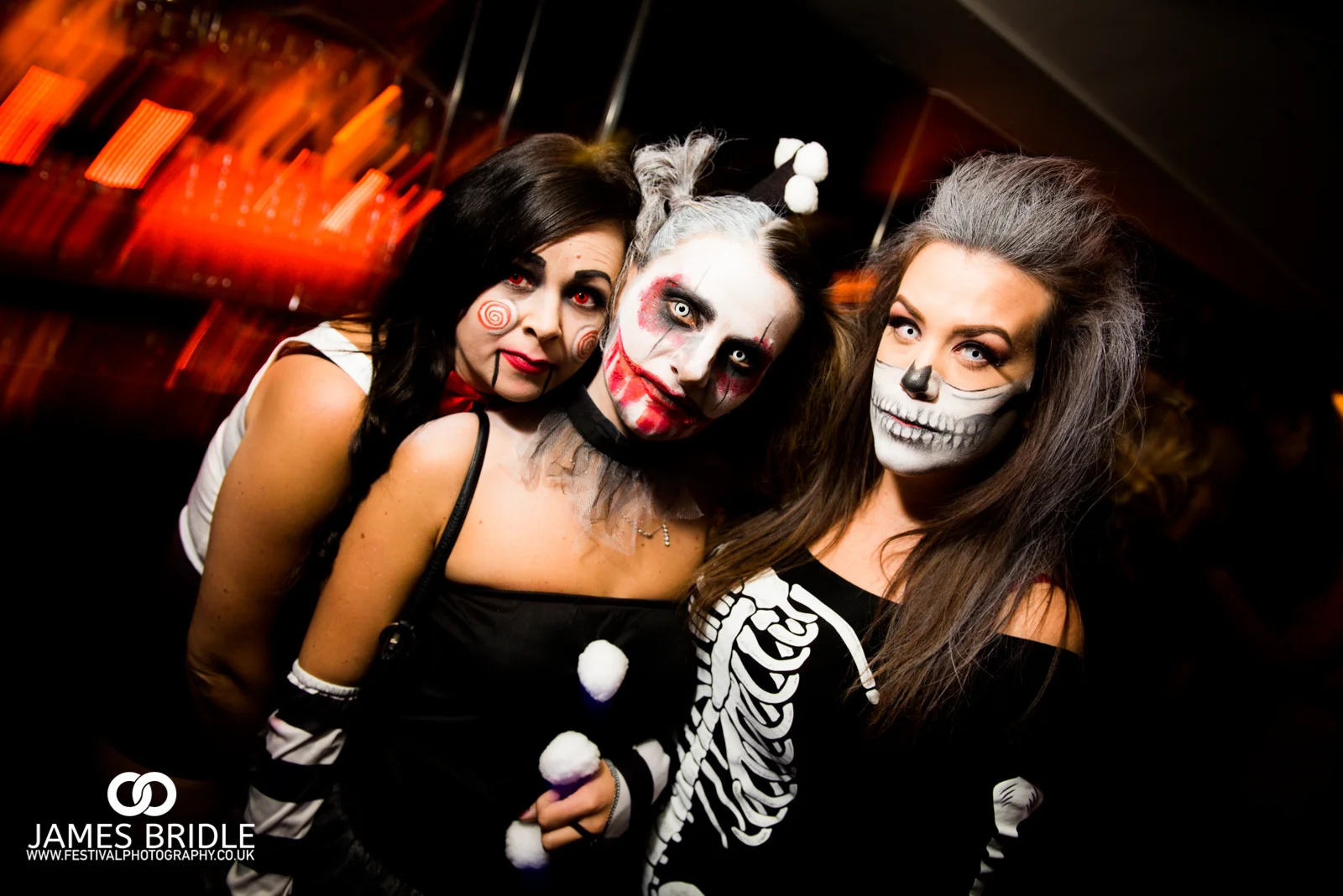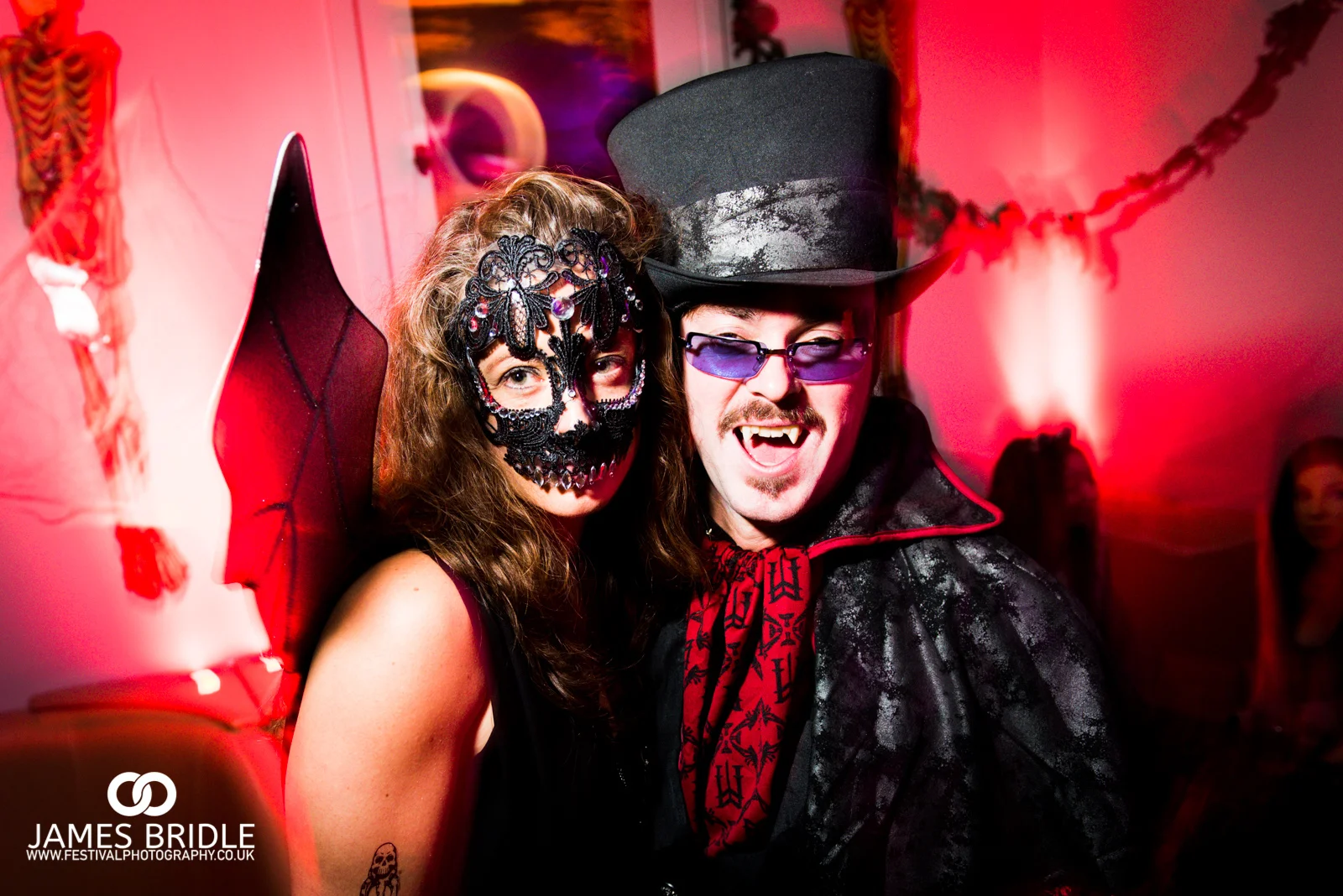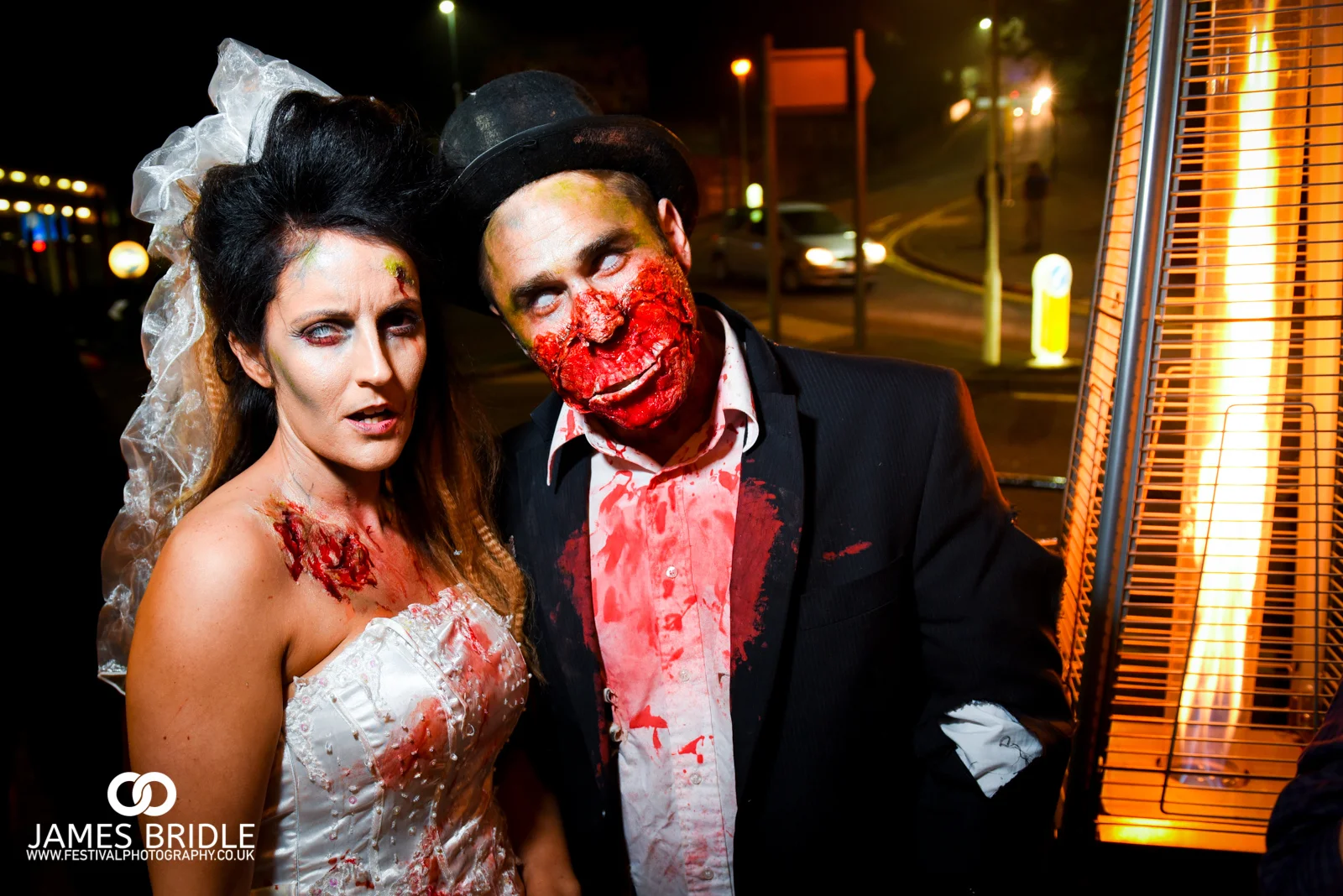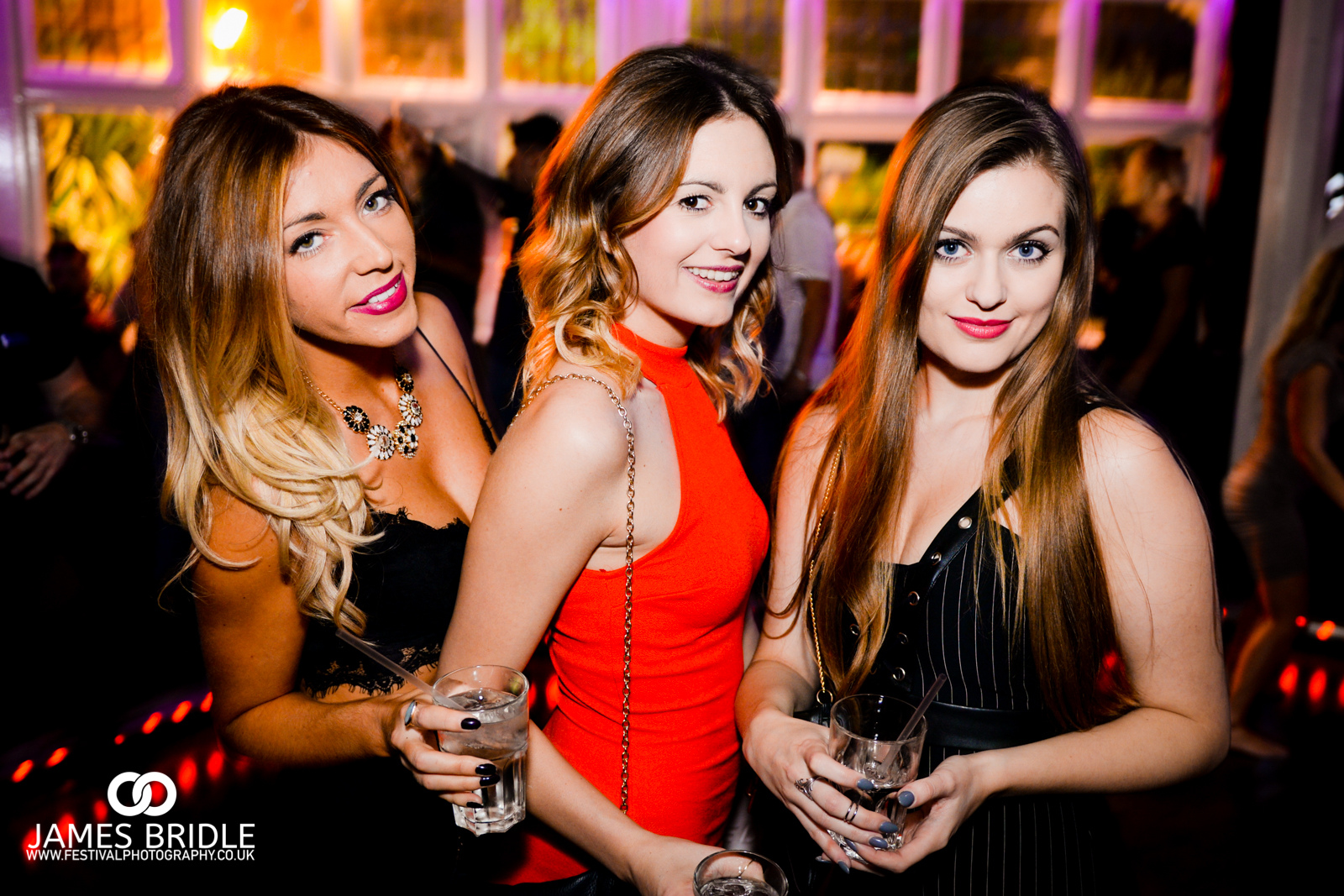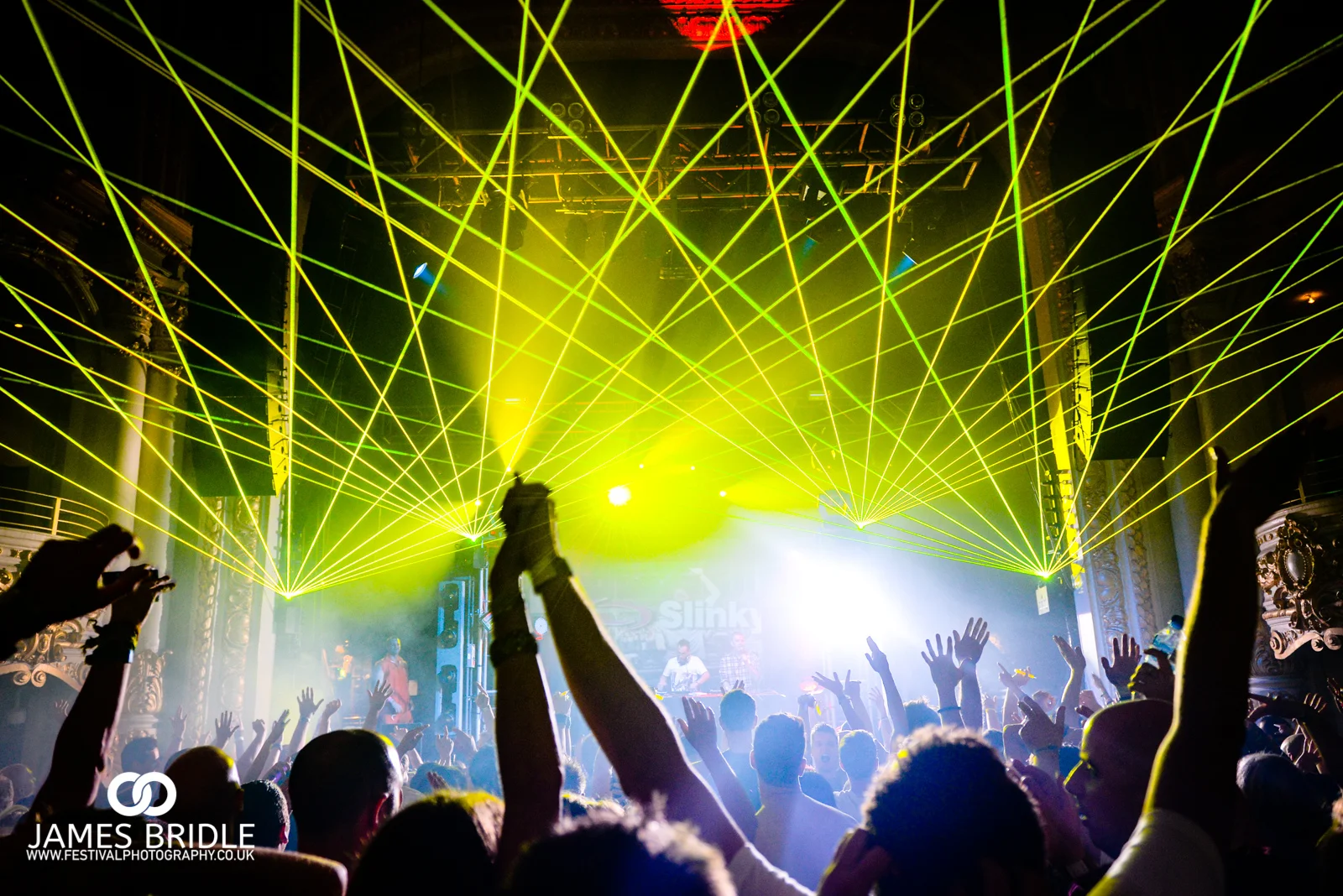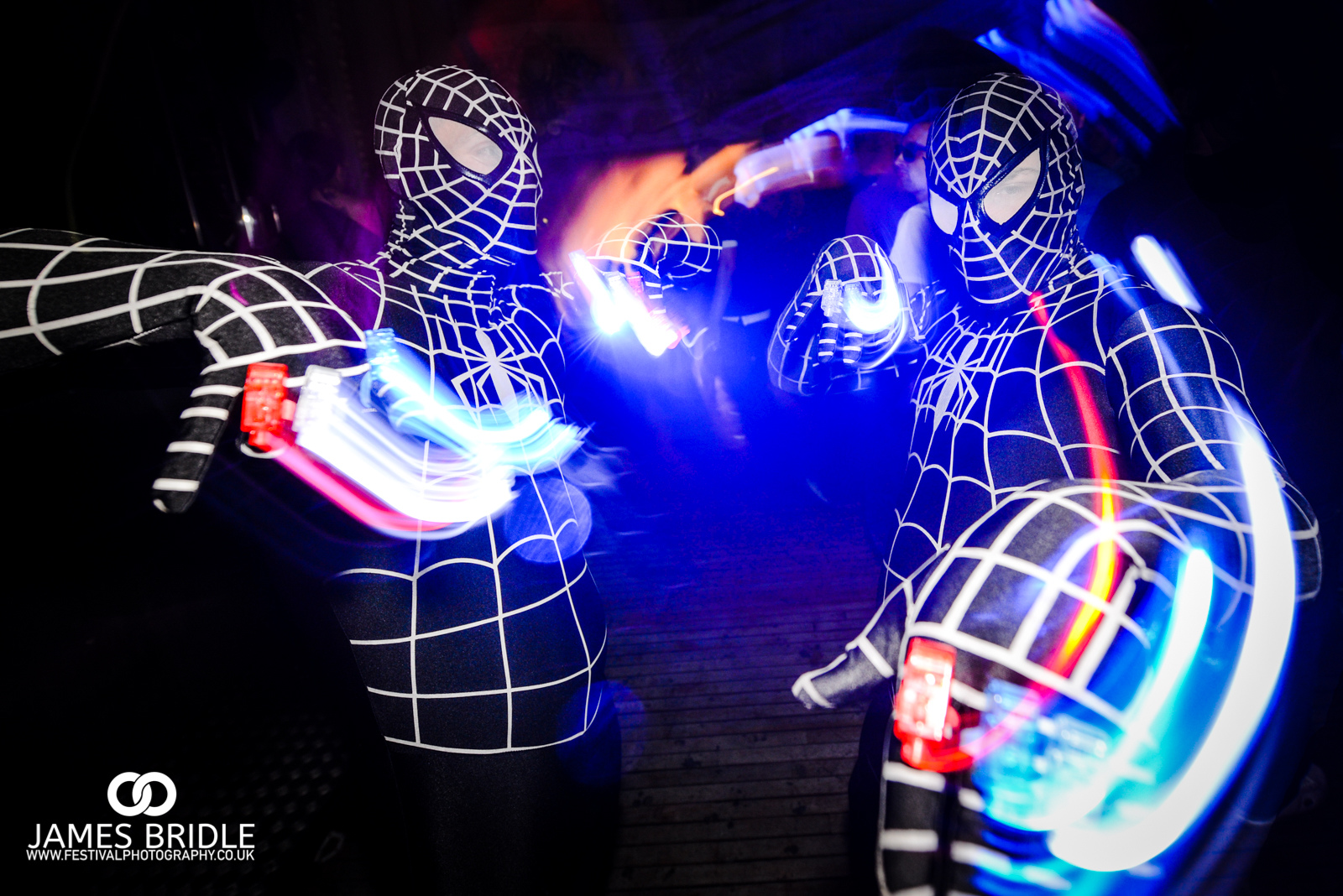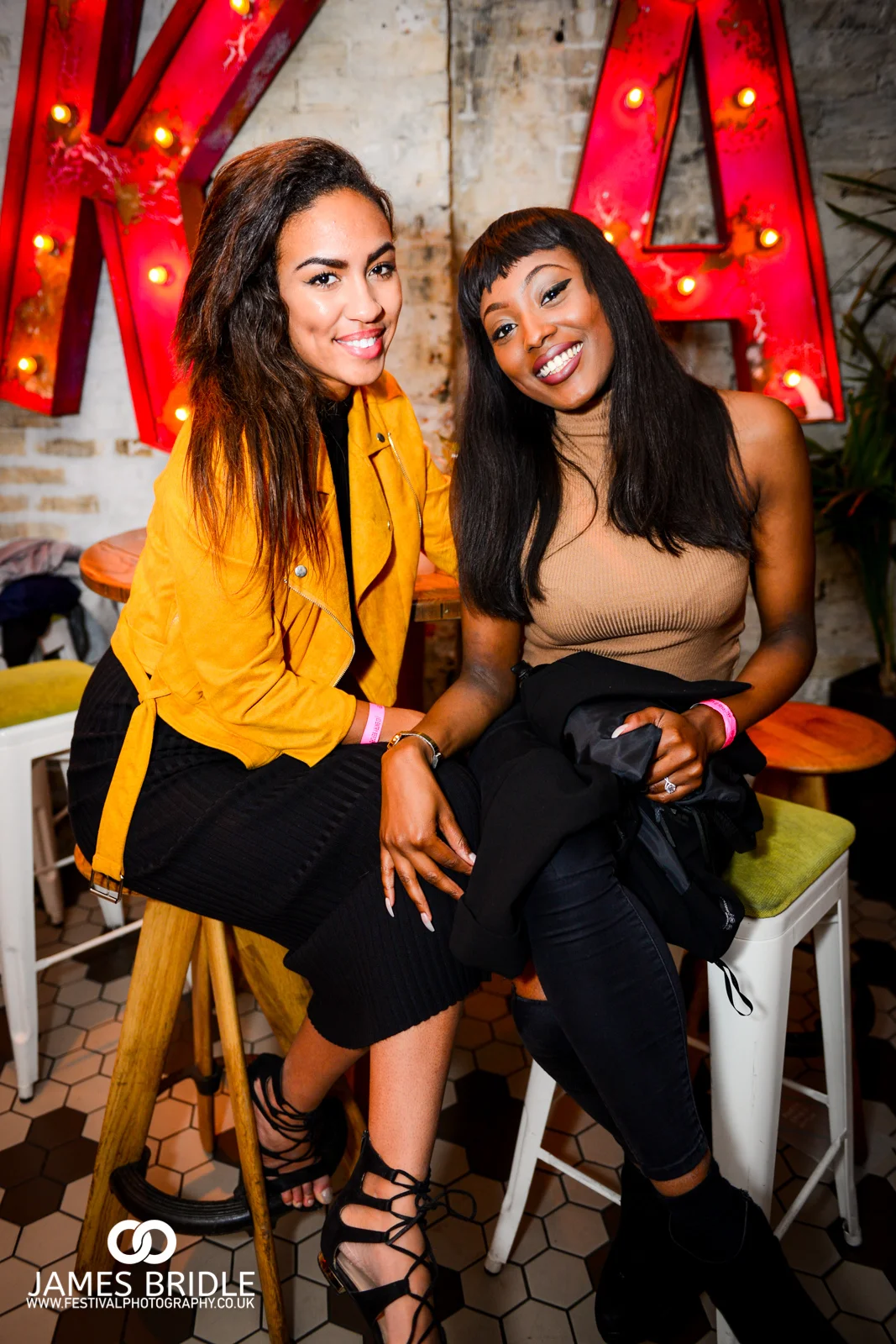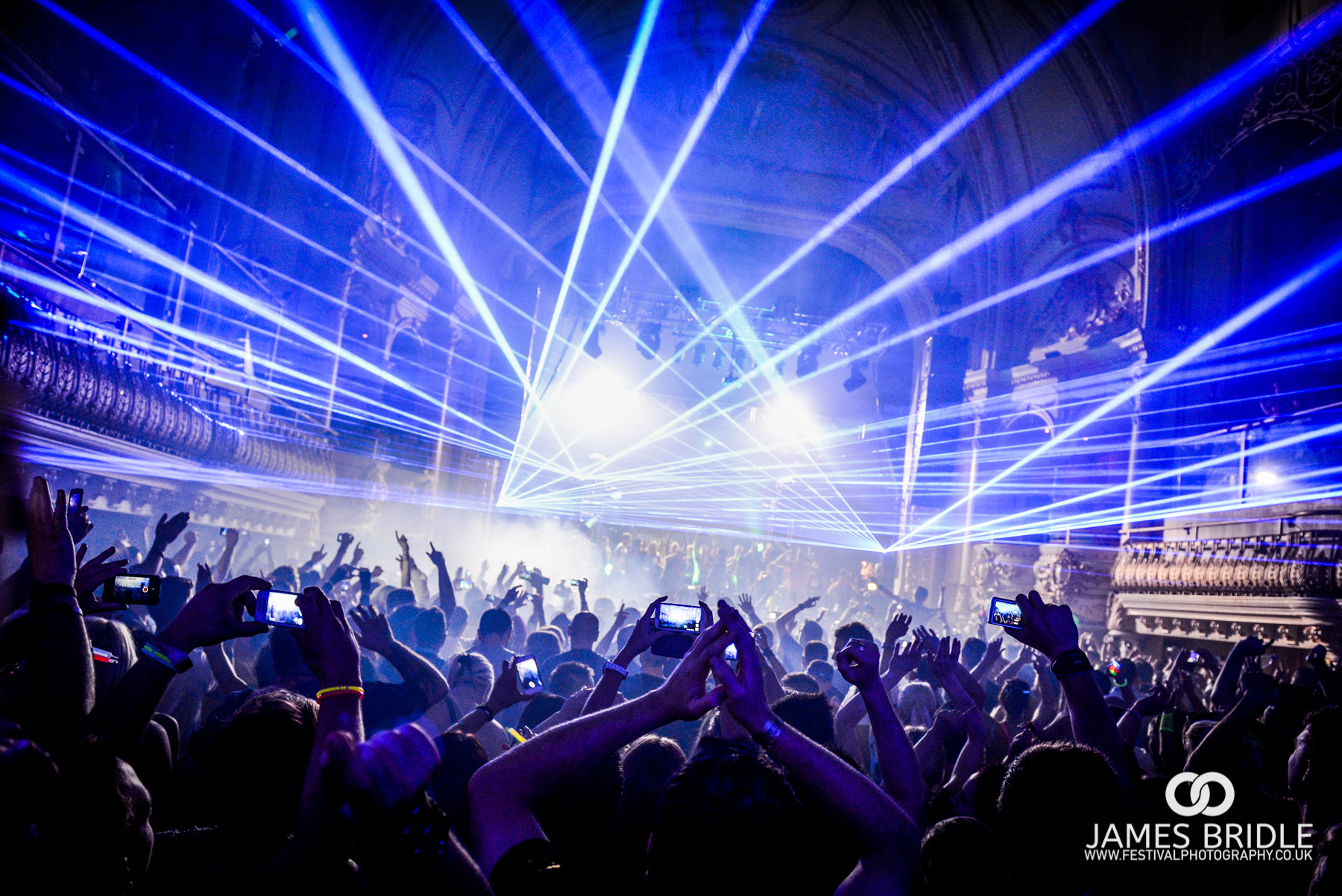10 YEARS IN THE INDUSTRY // CLUB PHOTOGRAPHY
/James Bridle Photography - 4th From Left Back taken at Creamfields 2016 // This photo was a bit of a bit big deal for me as it marks the point in which I felt like traction was being made. The skills and talent of the people that reside in this photo are endless! #Cream #Creamfields #PhotoTeam
10 YEARS IN & STILL HERE!
So its coming up to whooping 10 years in the industry for me, starting out as a basic photography user with just a pop flash and a Nikon D80. I’ve managed to last the time and in April will celebrate 10 years in the industry. I wanted to take the time to share some of my tips and tricks for getting the best out of your camera along with some known truths that should help you along the way if your starting out.
Its important to remember that nightclub photography is a skill, and something that over time you will either learn to enjoy or hate completely. It's not for everyone but I can guarantee you that it will gain you a few useful personal and professional skills.
Ability to work in difficult situations, lighting, crowds, temperatures, and improved multi tasking.
Better - if not complete understanding of your flash, and how important light is.
Social diversity and confidence to talk to complete strangers.
Basic knowledge of working in a fast passed business environment.
Meeting great people from all walks of life.
All the fun!
For me I think its important to know what your going for, what are you trying to portray while snapping? Remember that if the image looks ‘Rough’ they wont sell the venue or the person(s) so keep this in mind while your working. Personally I try to combine a combination of reportage, with portraiture but I know some amazing photographers who only shoot reportage; Find what works for you and experiment
When it comes down to shooting, regardless of the editing at this point Its always better to get it right in-camera. So what do I mean by that? Basically look at the image you've just taken, does it look well exposed? Whats the white balance doing? is there a good amount of ambient light? Is someone blinking or doing something they shouldn't be….
This might sound like a lot of things to consider, when your only shooting a club event, but over time you do this without even thinking; you will know exactly what to change and then reshoot. People might not care, but I do and standards matter.
Thanks for this one Sam Baggette - SUBU Summer Ball 2015
EDITING & GENERAL
When it comes to editing the style might already be set, lots of clubs have a very specific style which they might want you to match. Some like punchy vibrant colours, some light faded blacks and muted tones. Both look great if done properly and this will take some time to learn. I use Lightroom to edit and then photoshop if anything major needs doing. If your looking for some great step by step info check out this little video by TDCAT.COM showing you how to create faded blacks in LR.
The look I like to go for personally is well lit, colourful and vibrant allowing ambient light to leak into the photo creating something with punch but at the same time to give a warm glow to those in the frame without having strange skin tones.
THINGS TO AVOID.
Don't post the same photos multiple times (I did it for years out of popular demand for Black and white) But Just naaaaaa.
Don't keep throwing different presets into the mix, stick with one for one gallery of photos.
If your gonna drink on the job stay classy.
Try not to show people the photos after you take them, they will 99% of the time just ask for another and it will be worse than the first.
Flexing half topless gents unless its something very artistic (attempting to stay open minded)
People who want to take a photo with your camera.
If your shooting a DJ do NOT get in their face with a flash, its not pleasant. (unless you’ve cleared it with MGMT or the DJ)
People who put their arm round your necks, while holding a drink in the same hand (BIG NO NO)
People with bad handshakes (but thats more of a life lesson >.<)
TOOLS OF THE TRADE.
The details of the job don't have to set you back an absolute fortune, but to get the best out of it Id recommend a few things. I’ve always shot Nikon so if your partial to Canon or another brand then this will still be useful but more from a lighting point of view.
When it comes to flash units it doesn't have to be the most expensive on the market but as longs as its got an Auto Focus assist beam and is suitable for your camera then thats ideal. Maximum flash power isn't overly important either unless your looking to use the flash for other things like weddings and events, where more power on hand is definitely useful. I've always used the Nikon series flash guns SB600, SB700, SB900 they are quality built and effective flash units, All with (CLS) Creative lighting system capabilities.
Recently I've become a brand ambassador for Interfit Photographic and have been given the Nikon Pro Flash TLI-N so if your in the market for a reliable flash unit with incredible built quality that runs on high powered lithium ion batteries then drop me an email at Jamesbridle@me.com
I've included the Gary Fong in the line up because to me its a vital tool, and I generally wouldn't shoot without it. One of the reason its so powerful is it allows you to light your subject evenly while shooting in portrait. Often the flash won't wrap around the lens so generally one of your subjects is usually darker and the lighting is un-even. The Gary Fong Lightsphere sorts that right out however, you do loose around 2- Stops of light power (bare this in mind during the day) It is however an absolutely amazing tool for soft lighting and would thoroughly recommend it.
Ear Protection - probably the most important thing you can have in your bag other than the camera you brought to shoot the event. Ear protection or plugs are a godsend and provide you with the ability to work - go home - wake up and not have a constant ringing in ones ears. Tinnitus is not fun kids, not fun at all! I can recommend a great pair that don't set you back a million bucks! They allow you to have ear protection, still hear people while at the same time offering a cost effective solution. Moulded plugs are great but super expensive and a bugger if you loose one/both. Check out https://uk.earpeace.com and watch..
MANUAL ALL THE WAY.
Everything I shoot is on manual flash exposure, this is because I don't trust TTL to get it right first time. Generally TTL (Through The Lens) will over power the subjects and you will get major hot areas on the subjects. Shooting on TTL will also mean that because of the added flash power delivered that any ambient light your trying to capture will be burnt out by the added flash delivery. Manual helps to take care of this, along with a good diffuser such as the Gary Fong.
With manual flash exposure you get to control exactly how much light hits the subject. It took me a while to learn the subtle differences between each power setting but the only way to learn sometimes is to do it! Make sure that if you do go to full manual exposure that your aware of the places your shooting. Low ceilings will amplify your flash power as its theres a direct bounce surface back to your subjects. This can be sorted by decreasing your aperture by 0.5 / in layman terms, if your shooting at F4 and you've got a ceiling now above you, try F4.5.
PICK YOUR SETTINGS.
Referring here to the choice between RAW & JPEG, for club work unless I'm shooting an important DJ set or require a shot to be adjustable later I've always shot in JPEG. I here you asking why? Theres a couple of reasons why I do it, for the most part its space on my hard drives. The second main reason is because of the colours, I like vibrant warm colours and I like people to look healthy with a bit of a post holiday tan! JPEG gives me that and within reason gives me the ability to correct anything that doesn't quite look right. Its entirely down to your personal preference at the end of the day, but its the style I've gone for and think it suits me well.
LENS CHOICE.
The lens choice is also an important one to mention as I haven't added a lens image to the slide below. Ive always shot on something that gives me flexibility, something like a 17-55mm if your on a cropped SLR or a 24-70mm if your on full frame. You want something thats fairly wide to give you you flexibility in the tight spots but still gives you some zoom if you need to shoot across a table for DJs shots. I wouldn't worry too much if you cant afford a lens that drops to 2.8F. To have it is great as you will tend to find your AF works better but not completely essential to create nice nightlife images. If your shooting groups of people 2.8F will be too shallow and half the group will be pretty soft, I generally shoot at 3.2F-4F.
I see a lot of photographers who only shoot with a fisheye or Ultra wides, and its okay to use them but if you want to make people look their best its not an ideal lens choice. Throwing in a couple of nice venue shots or DJ shots though is definitely a good way to add something different to a gallery. Also a lot of people use primes and its down to personal choice but I just prefer a good standard zoom where flexibility matters. That said for DJ shots their absolutely on the table to use, a good friend of mine uses primes and the work he produces is incredible.
LIGHTING..
SMOKE MACHINES
When your working in a club or venue where lighting isn't great, its important to use your flash wisely. If you shoot with the flash on top of your camera its probably going to look fairly flat and uninteresting (where smoke is concerned) the emphasis will then weigh heavily onto the subject to make the photo look engaging. Smoke is a pet hate of mine, but can be effective if you use your flash a little differently. The best way I've found is to find yourself a remote trigger or sync cable and get the flash off the camera. It will help create dynamic shadows on your subjects and can be controlled in a much more creative way. With a remote trigger and a little bit of smoke it can be harnesed as a natural diffuser creating something pretty unique and creative.
Below shows a few shots from a DnB event at Halo Bournemouth - These guys always have MC's with a barrier down at the front along with that dreaded smoke machine. However, using the flash off the camera with the Joby Clamp mount you can use the smoke to your advantage.
FLASH GUN - 10% Discount available contact me via Jamesbridle@me.com
RECEIVER MODULE KIT 10% Discount available contact me via Jamesbridle@me.com
JOBY MOUNT - Allows you to mount your flash to a desk or post.
Off camera flash - using Interfit Pro Flash for Nikon and wireless trigger kit & Joby flash mount kit.
LIGHTING CONTINUED...
OFF CAMERA FLASH - GENERAL
This is a subject I've yet to master completely as I've never used a sync cable to produce off camera flash. Ive always had a remote trigger which uses wireless RF to communicate to the flash gun, or if needed used (CLS) Nikon Creative lighting System which uses a frequency of light to communicate from flashgun to flashgun 'Clever stuff' The drawback to this system is that It generally has to be in line of sight to allow the remote flash to fire. This is down the communication port being on one side of the Nikon flash gun, being too far away from the remote flash will cause the same issue.
Im currently either using my interfit remote kit for daytime use, or the Yongnuo flash kits which have a built in AF-Beams. The benefits of this kit allow you to work better in the dark, as the Kit comes with a commander that has a built in Auto Focus assist beam which tells the camera how far away the subject is; very handy if your camera doesn't have the best low light (AF) Auto Focus speed.
When it comes to shooting, especially in a club I always set my flash to Manual mode. This allows me to control the flash power intensity from the camera. What I mean by this is that I will often set my flash power to around 1/16th power and then control its brightness via the cameras ISO and Aperture.
I'm generally shooting DJS and some DJs can be a little bit more sensitive to light than others, so setting the flash to manual means I know what power is being delivered to the artist where as TTL is going to chuck light in their face with some to spare. 1/16th with the Gary Fong diffuser generally isn't too bright, but at the same time isn't so weak you have to go crazy on the ISO/aperture range. 1/16th also recycles pretty quick so if you have a particular moment you want to capture, the flash will be able to recycle to the next flash fairly fast. Heres a few examples where off camera flash have been a really useful tool.
LIGHTING CONTINUED...
OFF CAMERA FLASH - PORTRAITS/PEOPLE
Using off camera flash for portraits can be super effective, especially as previously mentioned where smoke machines are involved. The difficulty is getting the light the right distance from the subject, busy and packed out clubs make it difficult to get an arm back or forward to direct the light in the right way. Theres no real master plan for this unless you can find a good flash bracket that gives you the results you want. I've yet to find one I like.
Power wise 1/16th is the key! I use this power setting almost all the time for general shooting then move my settings around via the camera to give the effective I want. If you ever shoot a Halloween party, off camera flash is a must as it gives the best effects. Often you will see some great costumes mixed in with the bad, such as those with special effects make up or some sort of quality horror mask. This is where (OCF) really comes into its own and that flash trigger AF assist beam really helps!
[UPDATE 13.02.17] I've recently been practicing more with the (OCF) set up using the previously mentioned Yongnuo triggers and Interfit Pro-Flash for Nikon and I've managed to achieve some really pleasing results which I've added to the gallery below. The issue I had prior to using this setup full time was the inconsistency of getting the light the right distance from the subject to avoid getting hot spots on every other shot. I've since perfected this and the settings used to be able to get accurate and reliable results for portraits and motion. Hope you enjoy!
LIGHTING CONTINUED...
CATCHING STROBES
So as I mentioned right at the top lighting is the key to success. Whether its the light thats on your camera or whether its the available light inside the venue its KEY. A pretty simple but effective quote I read recently said...
"Wherever there is light, one can photograph."
Alfred Stieglitz
When it comes to the clubs environment and if your lucky to land a club with good lighting then you might find yourself needing to utilse the various lights they have. The strobe systems (Martin Atomic Strobes) are a great tool if you know how to work it and really help freeze key moments. The strobes for those who aren't sure are those stop motion effect light sources which flicker at a certain frequency creating a disorientating feeling.
STROBE EXAMPLE - !!WARNING!! EPILEPTIC SURFERS AVOID
From my time as a tog I've learnt that if you want to capture these fast moving strobes, you really have to time your shots or shoot in bursts. If your camera can produce anything from 4-10 frames per second then your'l be fine. If your camera can't produce 4-10 as mentioned then not to worry, you can still capture the effect by using a slightly longer shutter speed. Generally anything from 1/4th to 1/25th will allow you to capture strobes without having to hammer the cameras Hi-Speed function for too long. If you time it right and your good you can normally get it in 1 or 2 shots with a shutter speed of 1/10-1/15th of a second.
The reason these shutter speeds work well, is that they have to be slow enough to sync up with the light being produced by the clubs strobes.. Simple right? Also the longer the shutter (within reason) and the better you get at timing the shot the less shots you will have to take to get the image you want. If the shutters set too quick IE 1/80th or greater then it will open and close the sensor before the strobe has time to fire and your'l end up with loads of dark photos with nothing in the frame. Either that or you will get a pretty dark image with just a small amount of light on the crowd. Another quick thing to mention is that the strobes act essentially like a massive flash so its possible to freeze the movement in the venue so even at 1/10th of a second you can still freeze motion.
The best set up I've found is 1/13th shutter / ISO 1000 / Aperture F4.5
Give it a try next time your out and see what results you get!
Top Shot - Shutter 1/10th / ISO 1000/ Aperture F4.0 (Halo Bournemouth)
(Bare in mind that these settings are true for a 3KW 3000 watt strobe, if the strobe is more powerful then the settings will need to be altered however, all you would need to do is either drop your ISO or decrease your aperture IE F5>)
EASY WINS.
Turn your subjects so they have their backs to the crowd it will make the venue seem busier if in the back of the photo if theres a larger crowd of people enjoying the music, much nicer than a fire escape with and a toilet sign!
If the venue has good lighting do the same and turn your subjects so their backs face the best of the lighting it helps get the majority of your shots looking nice and vibrant.
Always carry spare batteries AA & AAA they are invaluable.
Keep a lens cloth handy in your pack along with some alcohol wipes, if you do get dreaded liquid anywhere in your camera is important to clean it off as soon as you can.
Listen to the music and prepare for the drop. Guaranteed to get those hands in the air if you concentrate.
If your running low on battery, turn the flash down in power and up your ISO to compensate this will give you more time to work with before the power runs out, it will also give you a quicker recycle rate on the flash.
THE BIG ROOM SHOTS!
A lot of nightclub photography is about capturing the night - that one shot that highlights how busy it was or who turned up and how the crowd went wild! Plan your move speak to the people that can make a difference. This might be the DJ prior to coming on (if its a big DJ they probably won't care or want to talk to you) But if its a house DJ or a local DJ speak to them and communicate what you want to achieve. Then speak to the lighting tech - if you have great in house/venue lighting its worth making sure that what you need is fired when the beat drops and your most likely to get the crowd reaction you want. In a number of my recent club nights I carry two flashes. One has a gel on and the other my Gary Fong, this helps me to create something different and also to light the DJ in a cooler more funky modern way. Check out some of these images from a recent gig with The Real Brothers.
The Real Brothers Xtravaganza
Shot using two flashes - One with a red gel on the left behind the DJs arm and the second flash with my Gary Fong to balance the light between the two. This second light also helps to light up the confetti as it flies through the air! Neat huh!
THATS ENOUGH FOR NOW...
Okay so thats some tips and tricks for you, I will add to this article as time goes on as new skills are learnt and perfected but for now I hope you enjoy this little article and that you find it useful and informative. If you have any questions drop me an email on jamesbridle@me.com and I will try to answer them as best I can.
Alternatively drop a comment in the box at the bottom of this article and ill respond through here.
Thanks for reading, below is a gallery of some my club work/portraits.
Special thanks to Dave Kay for his expert lighting knowledge!
Dedicated to the amazing people I've met along the way...
Charlie, Carrie, Dan, James H, Lee E, Christelle, Anton, Natalie, Jodie, Bella, and many many more!




